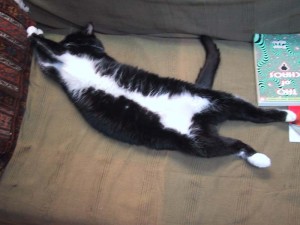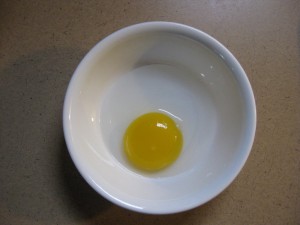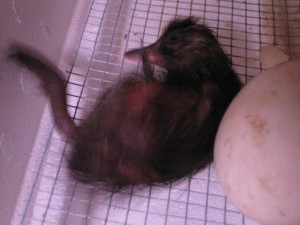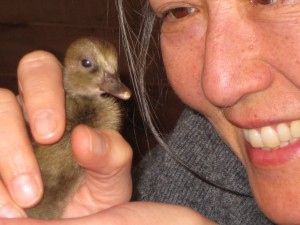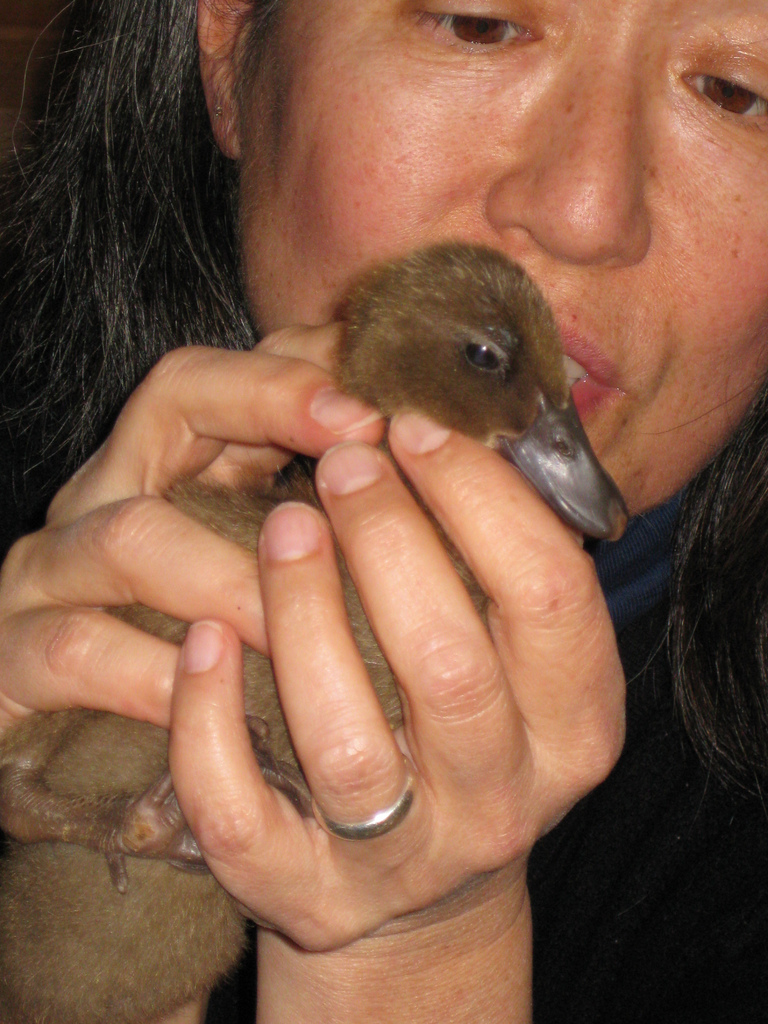an end and a beginning
I wanted to inform all of my cat-loving friends about the passing here on Good Friday of our dear and ancient friend Mittens. She’d been withering away for the past year or so, becoming progressively more matted and skeletal till finally, reduced to a dusty husk, she decided it was time to die. What had kept her going these past few months was her indomitable appetite. Deaf and nearly blind, with an arthritic spine and fur falling out by the handful, her tiny clotted heart still quickened enough for a hobble over to the dinner bowl if she caught the scent of an open can of “Fancy Feast”. Mittens lived for food and when she stopped eating a few days ago, it was clear what was to come. In the end, she stumped down the basement stair and curled up under the work bench to die. When we brought her a little heater, she dragged herself away and settled onto the concrete floor. Warmth was not what she wanted. Perhaps she had a fever. It was there that we found her the next morning, stiff and cold with her eyes still half open, like she was trying hard to pay attention. Goodbye old friend. We’ll miss you…
But with ending comes new beginning and the three Khaki Campbell ducklings that hatched out in the incubator last month continue to grow apace.
When I ask myself, “What did I do in the past month?” I don’t come up with much. But a duck egg develops from a single, albeit giant cell, into a fully formed, walking, squawking, opinionated ball of fluff in just about the time between two credit card statements. A duck egg gets fertilized about 10 days before it is laid, and then takes 28 or so more to hatch. The math of cell division is astonishing. I did some back-of-the-envelope calculations: It is commonly estimated there are about 10 to the power of 14 cells in an average human – which is 100 trillion, in non-geek terms. Assuming the average weight of a human to be, say 70,000 grams (70 kg), and a duckling weighing around 50 grams at the time of hatching, the duckling already has 7 trillion cells when it pecks its way out of the shell. Seven trillion cells that have divided, differentiated and self-assembled into a coherent constellation of throbbing, sentient life, made up of the same raw material that might have been my breakfast. And it happens in a month!
Though our technology might be enthralling, nothing we as a species have ever constructed comes even close to the amazingness of an egg. Not surprisingly, in many cultures the egg is seen as the foundation of the universe.
In the Kalevala or Finnish national epic, the world unfolds from a duck egg that is laid upon the knee of a goddess:
One egg’s lower half transformed,
And became the earth below,
And its upper half transmuted
And became the sky above;
From the yolk the sun was made,
Light of day to shine upon us;
From the white the moon was formed,
Light of night to gleam above us;
All the colored brighter bits
Rose to be the stars of heaven
And the darker crumbs changed into
Clouds and cloudlets in the sky.


